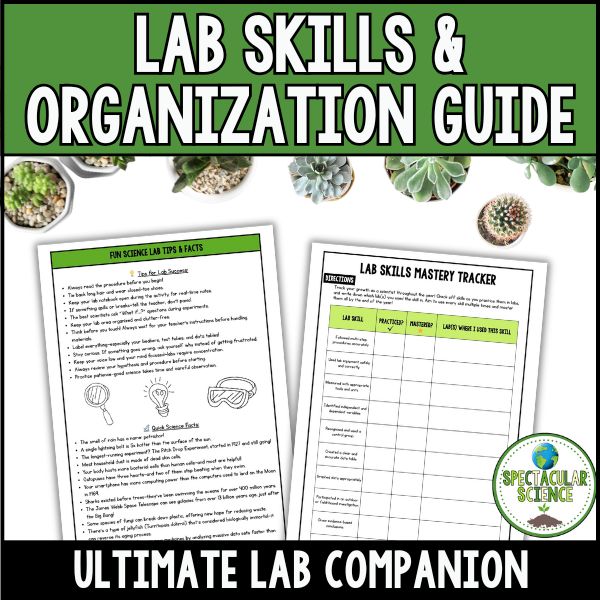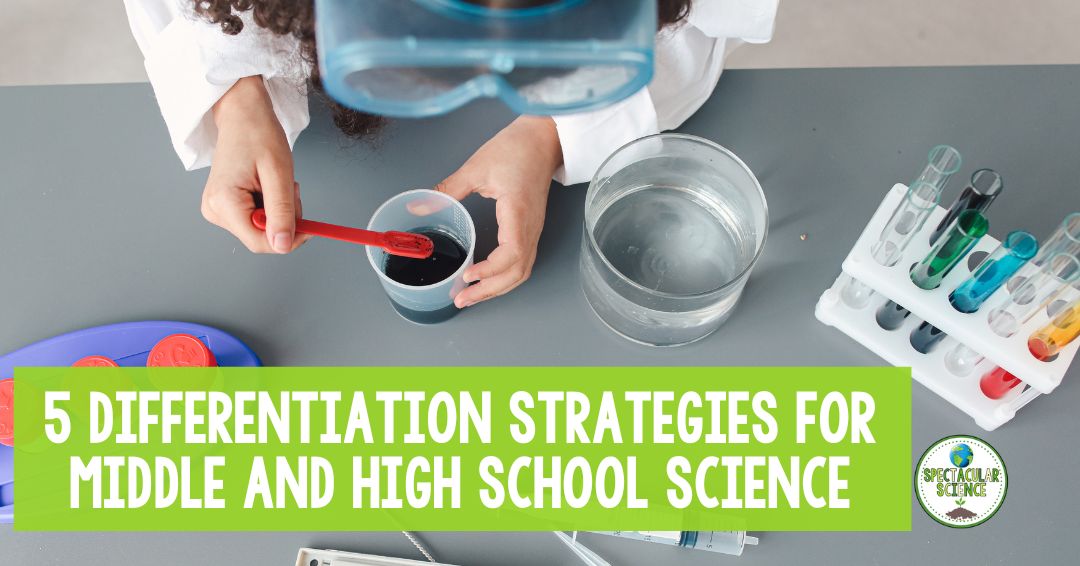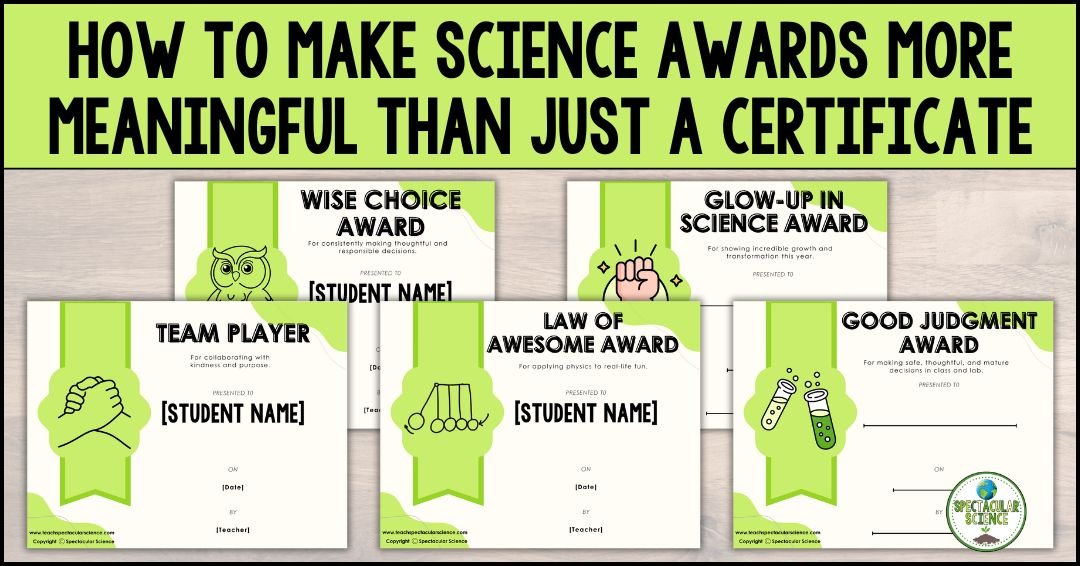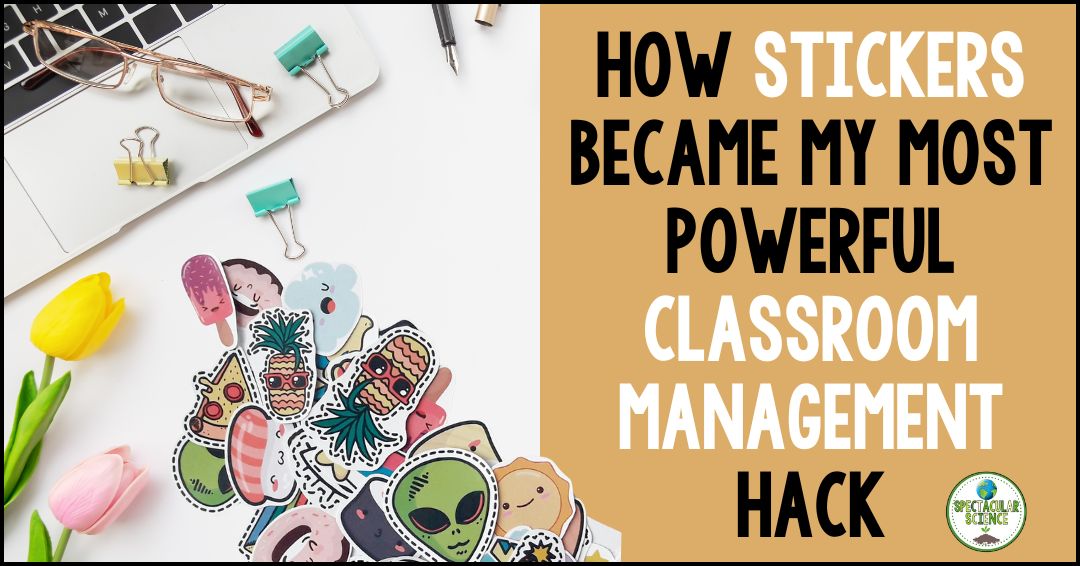
While our primary focus in the classroom often revolves around content and meeting curriculum requirements, it is crucial not to overlook the realm of learning skills that lie just beyond. Among these vital skills are student organization and time management, which may not always be the most captivating aspects of classroom activities but are fundamental to students’ overall success.
Although the development of student organization skills typically begins before they enter our middle school and high school classrooms, educators play a significant role in honing these skills once students arrive. Recognizing that staying organized is paramount for academic achievement, it is never too late to implement strategies that support the growth of student organizational skills.
To that end, here are seven effective strategies that can be implemented in any class you teach to foster and enhance student organization skills:
Student Organization Skills Strategies:
1. Provide a structured routine
Establish a daily routine in the classroom, including guidelines for timing for work, breaks, and transitions between activities. Having a routine means students will know what to expect throughout a regular class and they can be prepared for what’s next.
My students know that as soon as they walk into the classroom, they should look at the board for their “Do Now.” Students have an actionable item to complete in those first few minutes of every class.
There are added bonuses to having a structured routine. First, a “Do Now” activity means late arrivals are not interrupting opening instructions. Students can come in, look at the board, and get to work. Second, a routine is an important classroom management tool. I notice behaviors most often in transition times so with an expected structure students move more seamlessly between activities.

Finally, a routine doesn’t mean having a strict timetable. It’s not a matter of 9:07 we take a 2-minute break and then return to work from 9:09 until 9:23. Instead, a routine establishes a predictable flow to each and every class so students have structure and some comfort about what’s coming next.
2. Teach time management skills
A solid classroom routine is best complemented with effective time management. As a result, it’s good practice to teach your students how to prioritize their tasks and manage their time effectively.
First teach students how to break down larger assignments into smaller, manageable tasks and to create a timeline for completing them. Follow the I do-We do-You do approach to shift the responsibility from the teacher to individual students.
3. Use Visual aids
Organization can then extend to the set-up of your classroom. Simple systems stick! Use visual aids like calendars, checklists, and color-coded folders to help student organization skills. These aids will help students keep track of important deadlines as well as their assignments and projects. Visual aids also help with time management; consider using timers in class. More subtle timers such as a slide with a countdown are helpful as a guide but not too distracting or anxiety-inducing!
One must-have for my classroom is a “when you were away” folder that includes handouts students missed when absent. This folder sets up a routine for students to do their own check-in.
4. Provide organizational tools
From classroom setup to personal organization, tools that help keep everything in order can be lifesavers! Providing your students with binders, folders, and organizers to keep all their materials in one place is key to success.
In my classroom, students use lab organizers in their binders or notebooks to keep labs in sequential order. The organizer serves as the first page in the “lab” section and is updated throughout the year, helping students stay on track with their progress. Recently, I’ve updated this organizer to include a Lab Skills Mastery Tracker, which allows students to track their growth as scientists by checking off skills as they practice them in labs. It also includes Lab Success Tips, Quick Science Facts, and Lab Lingo You Should Know, making it an even more valuable tool for students to use throughout the year.

5. Encourage note-taking
Teach your students effective note-taking techniques, including how to use headings, bullet points, and summaries. This will help them keep track of important information and organize their thoughts.
One way to teach students these techniques is to review them in action. If you use a textbook in class, spend a bit of time reviewing the organizational text features in the textbook. Discuss how and why these elements of organization are effective on the page.
Another technique for note-taking where I have had success is guided or skeletal notes. Once I started using guided notes in my classes, I immediately noticed my students relax and focus more during presentations. Their handwriting became more legible. Participation increased dramatically. And they were paying attention more than ever before.
Guided notes encourage students to focus more on the content being taught during lectures and presentations rather than getting every single word written down in their notes. I now use these with each and every PowerPoint or Google Slides presentation. If you’re teaching Earth and Space Science check out this full year of presentations and guided notes to help you and your students!

6. Check-in regularly
Once systems are in place, include some regular check-ins with your students to see how they are managing their workload and to provide feedback and support.
I complete unannounced binder checks at least three times per semester. There are two main look-fors that I use during these checks: first, the lab organizer is filled out correctly and second, everything is in sequential order and in their designated section (Classwork, Homework, Labs, Quizzes + Tests).
These check-ins provide useful feedback to see what is or is not working regarding organizational systems in class. This helps me to better support students to effectively organize their work.
7. Model organization
Finally, model good organization habits yourself. If your students see you keeping your classroom and materials organized, they are more likely to adopt these habits themselves.
One of the ways that I model organization skills for students is by sending week-ahead emails to review what’s on the agenda. These emails include a daily agenda, homework assignments, and upcoming assessments. This has proven to be the most effective student accountability tool in my classroom.
In fact, parents have shared how helpful this weekly email is for their families. Some print it out, discuss it at the dinner table, and even tape it to the fridge. Others sit down with their children and use the email to add information directly to student planners.
Not only does this increase student accountability, but it improves organization skills as well. And it’s never too late to start using this tool in your classroom. I guarantee the amount of “we had homework?” or “I didn’t know we had a quiz” comments will dramatically decrease in your classroom.
To make this process smooth and consistent on a weekly basis I reuse a simple template and have all of the parent and student email addresses saved as a group so I don’t need to copy/paste or type those each week. It’s something I can quickly put together and send out right away.
I recently shared the details and more about these week-ahead emails with teachers on the Teach Spectacular Science email list. Are you on the Teach Spectacular Science email list? If you’re not yet, join now to get freebies, teacher tips, and more!
Takeaways about student organization skills
The main takeaway from all of this is that you don’t have to be a hyper-organized Type A teacher to successfully use these strategies or to effectively teach your students organizational skills. Whether you’re a Type A, Type B, or Type C (is this a thing?!), the best strategies are what works for you and your students! If that means using all or some of these strategies then you’ll be well on your way to supporting organization skills for students!

Check out my Amazon list of my MUST-HAVES when organizing my classroom.



















